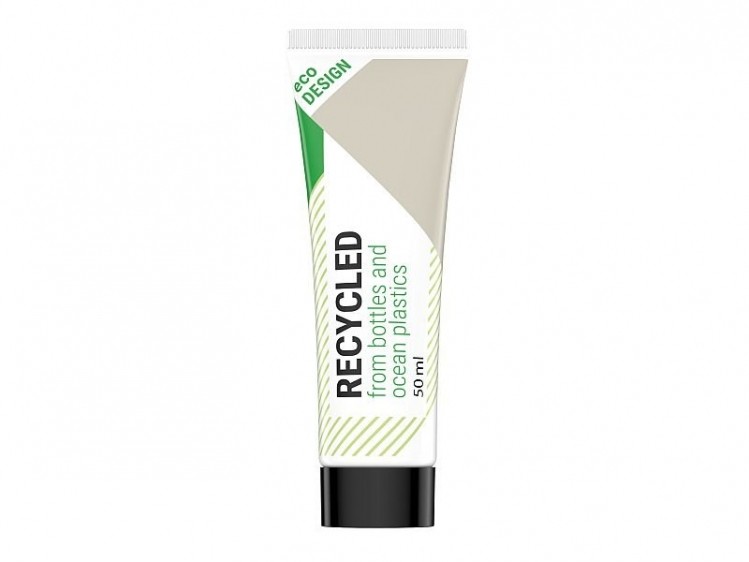Neopac’s eye on sustainable packaging: post-consumer recycled tube launch

Launches like Neopac’s come in response to increasing scrutiny from end consumers, manufacturer customers and regulators alike when it comes to sustainability within the beauty industry.
Indeed, the European Union tightened the existing guideline for packaging and packaging waste in a significant way last year: by 2030, all plastic packaging must be recyclable, of which 55% effectively recycled.
Currently, less than 30% of all plastic packaging is collected. A substantial part of plastic waste collected cannot effectively be recycled and, despite being sorted, is burnt.
“Together with the industry, our customers and consumers, we want to achieve the ambitious goals of the EU and thus make a considerable contribution to the circular economy,” suggests Neopac.
The Recycled Tube
Neopac’s recycled tubes, used for a variety of applications, are made from a body and shoulder mixture containing up to 75% recycled, food-grade compliant polyethylene plastics, the company says.
The recycled material contains 50% PCR (post-consumer recycled) - this is sourced, for example, from milk bottles from closed loop recycling in Western European countries - and 25% from PIR (post-industrial recycled) material from tube laminate production waste.
The tubes’ caps are made from 100% ocean plastics PP materials derived from sea ropes. The company says that the reuse of these resources does not result in any leftover renewable resources and reduces the production of new plastics.
In addition, the tubes are decorated using solvent-free colors and low-solvent varnishes that are exclusively UV cured.
Advantages of the recycled tube
Neopac suggests the following are the key advantages of using the new recycled tube for beauty players:
Tube and cap made from recycled materials
You reach your sustainable packaging goals
Supports your brand message at the point of sale
Less consumption of new materials
Recycling of waste and ocean plastic
Food-compliant tube material
Reduction of CO2 emissions
Reducing the ecological footprint of your entire product










![Chinese study highlights mental health challenges in atopic dermatitis, emphasising holistic patient care. [Getty Images]](https://www.cosmeticsdesign-europe.com/var/wrbm_gb_food_pharma/storage/images/_aliases/wrbm_tiny/publications/cosmetics/cosmeticsdesign-asia.com/headlines/formulation-science/chinese-research-linking-atopic-dermatitis-to-mental-health-underscores-need-for-holistic-care/17040623-1-eng-GB/Chinese-research-linking-atopic-dermatitis-to-mental-health-underscores-need-for-holistic-care.jpg)








